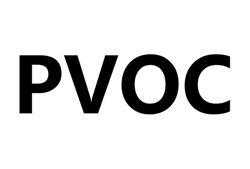
According to the Uganda National Bureau of Standards Act 327 and customs inspection regulations, Uganda foreign trade and the Ministry of tourism in the country of origin of imported products to Uganda before the implementation of the export compliance, the scheme aims to reduce Uganda's domestic do not conform to the standard product flow.
Started in June 9, 2010, the scope of implementation, to control product evaluation compliance with other standards and technical regulations or standards approved by the Uganda Bureau of standards, apart from Kenya, Tanzania, Burundi and Rwanda to Uganda imported products, all products are required for mandatory control assessment.
Control products: products in the prohibited catalogue and exempted products are not within the scope of control. The products under the Uganda compliance assessment program include the following categories:
All used products,
Food and agricultural products,
Chemical home products,
Textiles, footwear products,
Toys,
Child care products,
Electronic and electrical products, etc..
Uganda product certification process applies to the export frequency products, suitable for repeated exports of similar products, applicable to high-quality manufacturers.
1 exporter to fill out the application form Request for Certificate Form (referred to as RFC), proforma invoice and packing list;
2. The application form shall specify the status of the goods and provide quality documents, such as test reports, parameters, quality management system certificates, etc.;
3. Identify feasible implementation plans and applicable standards;
4, products for testing, factory is required to provide samples;
5, on-site inspection (marking, packing, shipping marks, such as the number of);
6, after the completion of the inspection exporters to submit final documents (commercial invoice and packing list);
7, certification;
There are three schemes for Uganda PVOC certification which are suitable for all kinds of
Export demand:
1. products suitable for export frequencies
For each batch of export products, once effective, including document review, inspection and other processes.
2. suitable for repeated export of similar products
After registration, the product does not need to submit a test report when applying for the batch certificate, and the product registration is valid for one year.
3.apply to high-quality manufacturers
For quality manufacturers, a certificate of registration may be issued after the factory has been audited, and most of the inspection can be exempted










